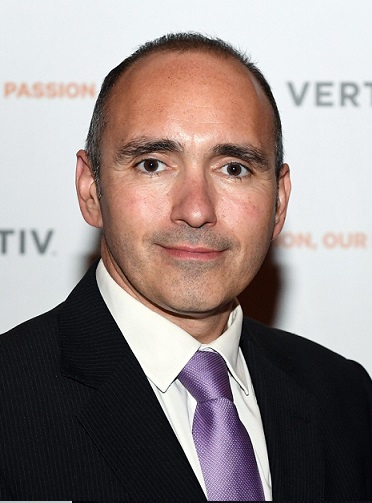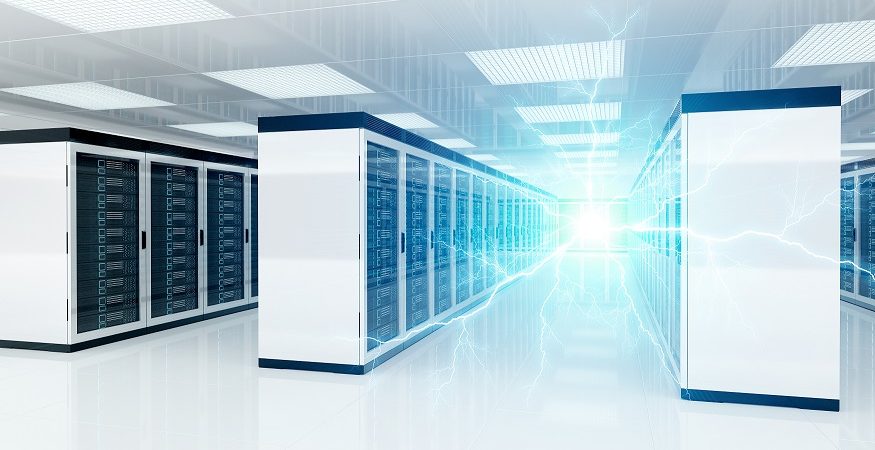Vicente Chiralt, Senior Director, Field Marketing and Channel Marketing, Vertiv, explains how data centers may become a source of clean energy in the near future.
The energy sector is responsible for 60% of the world’s greenhouse gas emissions.

Therefore, seeking a more sustainable planet and also upholding Sustainable Development Goal 7 from the United Nations ensures access to affordable, secure, sustainable and modern energy. In other words, having cleaner energy means decarbonizing it and relying more on renewable energy.
The challenge is not easy; our lives depend on energy for daily activities, such as cooking, working and moving, among other things.
Furthermore, without energy, the fight against the pandemic becomes more complicated since it is necessary to guarantee the electricity supply for healthcare professionals and also have clean energy and ease IT communications and services that connect people while supporting social distancing.
An energetic boost
Our sector, the technological one, is also the one with the highest energy consumption. Just to keep the Internet working, it is estimated that 70 billion kilowatt-hours are spent a year. And the greater the demand for the Internet, for technology and the use of all kinds of devices, the more energy will be required and consumed.
Data centers stand for a large part of the energy consumption of the technology sector. Digital Information World estimates there are 509,147 data centers, 430 of them hyperscale. To give you an idea, the joint energy consumption of Amazon, Google, Microsoft, Facebook and Apple exceeds 45 terawatt-hours per year, as much as New Zealand consumes during the same period of time.
However, data centers and other types of critical infrastructure – such as telecommunications, Industry 4.0 factories and airports – are key players in this changing energy landscape, representing new ways to be sustainable, generate income and reduce costs.
For example, a recent report from the International Energy Agency (IEA) states that technology companies could play an essential role in balancing electricity consumption. They can go from being energy consumers to becoming energy providers through systems that already exist in their facilities, such as batteries and UPS.
Alternative energy sources
Innovation must help us respond to the same limitations of renewable energies. For example, wind power and solar power depend on the wind and the sun to get the energy and transform it into electricity. When these two resources cannot be productive, other production sources are needed or it’s necessary to store the energy produced from previous days, which is not easy either.
In general, UPSs are typically used to protect hardware such as computers, servers, data centers, telecommunications equipment and other electrical equipment where an unforeseen power outage could lead to injury, serious business interruption or data loss.
Battery energy storage associated with the UPS is often dedicated to loading protection in a utility power failure but is usually not used during regular operations.
When connected to a line interactive UPS, the batteries serve a dual purpose: they can be maximized to support services that can balance the electricity grid, such as regulating frequency when the utility is present but unstable or managing demand when specific market conditions favor disconnection from the electricity grid.
The amount of energy committed to electrical grid services depends on different variables and one of them is the number of batteries used. It is possible to set up a custom energy storage system with many UPS systems and a small number of battery banks or a small UPS with many battery banks. Different variants affect power availability and operating times.
By applying innovation, industry in general and also Vertiv have developed smart, grid-interactive uninterruptible power supply units to help stabilize power grids, which have regulated supply spikes and demand.
Due to these innovations, data centers nowadays can offer innovative technologies for transitioning from energy-intensive resources to energy reserves. It is essential for the future that they play a more active role in supporting the electricity grid and also be more intelligent in their energy consumption.
However, for this to become a reality, it will depend not only on innovation, but also on legislation. Positive steps are also being taken on these fronts, as a large number of countries have begun to open up their power grids and power generation systems in recent years, offering new opportunities for consumers and industry to participate in the market.
All of this will result in the decarbonization of energy and the achievement of the Sustainable Development Goals set by the United Nations, allowing large data centers to consume less energy and be protagonists in the viability of renewable energies and the sustainability of our industry.
About Vicente Chiralt
Vicente has more than 20 years of experience in marketing and sales in the IT industry. At Vertiv, he leads the field and channel marketing teams in the EMEA region, working closely with the sales and product teams, raising awareness and making it easier for partners and customers to work with Vertiv. Vicente has a degree from the University of Alcalá (UAH), located in Alcalá de Henares, Spain, where he studied Business Administration. He also has an Executive Master from IE University Business School.


